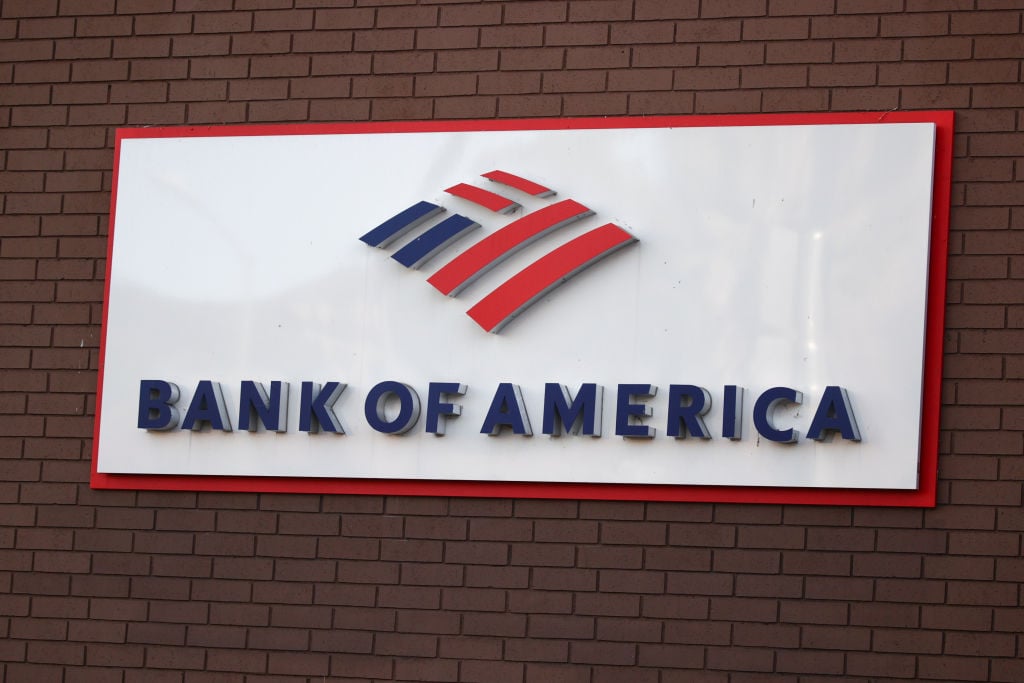When describing the recession that began in 2007, I like to compare it to a downward spiral that seemingly had no end. When credit markets began to freeze up, demand dropped, causing uncertainty and layoffs. Layoffs led consumers to cut back, causing demand to drop further, uncertainty to continue, and more layoffs to ensue. Listening to management at 3M, where I was working at the time, talk about the future, you could tell they had no idea what to expect.
But the spiral ended eventually, thanks to a stimulus package and unprecedented intervention in our financial markets. To me, the environment today looks like a mirror image of what we began experiencing in 2007. This time, though, instead of risk, I see opportunity ahead.
The calm before the storm
In 2006 and most of 2007, the economy looked to be moving along very smoothly. Unemployment hovered between 4.4% and 5% throughout 2006 and 2007. Economic growth was also relatively stable, averaging 2.4% during 2006 and 2007. It wasn't until 2008 that we realized that conditions were getting worse, and by the time Lehman Brothers collapsed, an economic tornado had control of the country.
The environment looks surprisingly similar today; it's just that the baseline has changed. In the last six quarters, GDP growth has averaged 1.9%, and during 2011 the unemployment rate has barely changed, hovering between 8.8% and 9.2%. But instead of adding risk to the system, we've been taking risk away.
Since 2008, households have been paying off debt, companies have been hoarding cash, and consumer confidence has remained relatively low. That provides a great jumping-off point for when the economy begins to turn around, something it may already be doing.
Setting up for takeoff
The big difference between going into 2012 and going into 2008 is the change in the underlying fundamentals of our economy. In 2008, we had little idea of the destructive risks that banks like Lehman Brothers, Bank of America (NYSE: BAC), and most other large financial institutions had on their balance sheets. The prop desks and derivative trades made these companies so complicated and intertwined that it took a crisis to even see what the banking industry had built.
Today, the big banks are still a black box (don't let anyone tell you otherwise), but regulators and executives are more aware of the risks. Just look at how fast the market has reacted to the collapse of MF Global and a possible reshuffling of Greece's debt. Two years ago, these two events may have been disastrous.
Our risks are more or less out in the open in Europe, housing, and emerging markets. And unless the entire world economy collapses, the only way is up.
Companies and households have gone from being debt spenders four years ago to building cash hoards today. S&P 500 companies are sitting on nearly $1 trillion in cash, money that will act like fuel when the economy begins recovering, because investors won't want a negative real return from treasuries if there are business investments to be made.
The death spiral changes direction
There are now signs that our most important indicator, unemployment, is improving. The Bureau of Labor Statistics' household survey says that employment has risen by 1 million workers in the last three months. This survey shows faster growth than the widely reported non-farm payroll number, but it catches new businesses and smaller businesses that the non-farm payroll survey may miss.
Continued improvement will come from many places, but one of the sectors to provide a nice seed to get labor growth started is energy.
In the U.S., new technology has made energy more economical to produce here at home, which is having a growing impact on the economy. Oil and gas shale production by companies like Kodiak Oil & Gas (NYSE: KOG) and Range Resources (NYSE: RRC) has grown from almost nothing at the beginning of the recession to a fevered pitch recently. Deepwater drilling by companies like SeaDrill (NYSE: SDRL) and ATP Oil & Gas (Nasdaq: ATPG) have helped lower net U.S. dependence on foreign oil from 58.2% of consumption in 2007 to just 46.3% today. Then there's the nascent U.S. solar industry, which has grown 69% this year and is a net exporter of solar products, largely driven by raw materials and equipment suppliers like GT Advanced Technologies (Nasdaq: GTAT). States like North Dakota, Texas, and Pennsylvania have begun to feel it, but the energy boom is just beginning in the U.S.
Finally, to truly kick-start the recovery, Europe and the U.S. must get their collective acts together regarding deficits. The unfolding austerity in Europe and deficit commission in the U.S. may put us on the way to more sustainable governments.
A Foolish prediction
Predicting when a recovery is going to take hold is nearly impossible, but when it does, I see a lot of fuel that will drive the U.S. forward. Household balance sheets are stronger, companies are sitting on piles of cash, and energy along with new businesses provide a strong foundation to build a recovery on.
When hiring picks up and businesses sense it's time to put their money to work, I think the recovery will be fast and furious. Sitting on the sidelines watching cash earn a 1% yield won't be attractive and companies will have no choice but to start spending.





